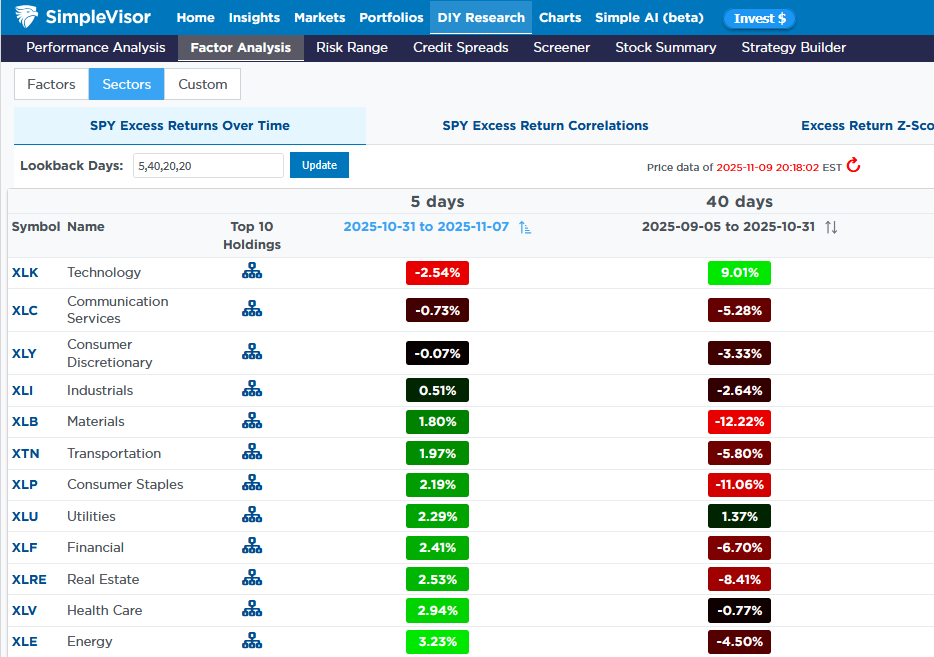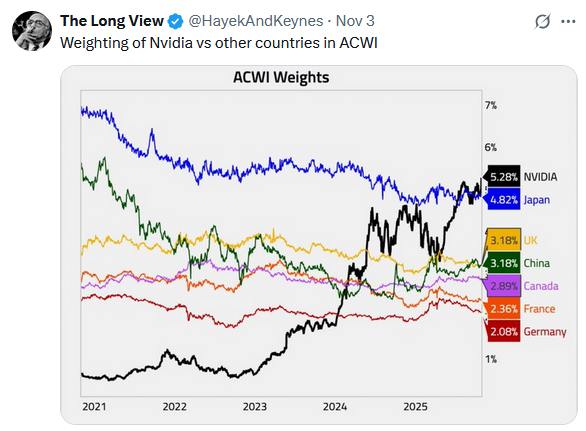Nvidia shares pop as analysts dismiss AI bubble concerns
Buckle Up! With the end of the government shutdown and the return to work of government employees comes a flood of economic data. Below is a list of old economic data that should be released over the coming weeks:
- BLS Employment Report- The October report was scheduled for November 7th. September’s report will be skipped entirely.
- CPI Report- September’s report was released in late October. October is due this Wednesday, but will likely be delayed.
- PPI Report- Unlike CPI, there was no September report. The October report is due on Friday, but it will be delayed. It’s unclear if the September report will be released.
- PCE Price Index- September’s report was due on October 31st. CPI data is needed to complete the report; thus, it may be a while before the report is released.
- Retail Sales- Missing September data. October’s report is due on Friday, but will be delayed.
The list goes on. But, of more importance is whether or not the markets will care about the September economic data. We think the data from the private sector, like ADP, Truflation, and various surveys, have given us a good feel for what the labor market and inflation are doing. That said, there will be a slew of economic data coming over the next few weeks, and we should not rule out volatility as a result.
Reversal Of Fortunes Helps Breadth
One bad week for many of the Magnificent Seven stocks, and as a result, the market’s breadth is improving, at least according to the short-term overbought/oversold relative indicators. The table below shows the relative returns (vs. S&P 500) over the last five days and the 40 days before that.
The over- and underperformance of sectors is easy to spot. While last week’s reversal of prior trends was a step in the right direction, the poor breadth remains problematic, as we share in a quote and graphic below the excess returns table. Did last week’s activity create enough of a correction in the largest stocks to allow the prior trend to continue? Or will breadth continue to improve with the largest stocks underperforming most others?
Last week’s activity was a step in the right direction to providing some stability to the markets. However, breadth remains concerning. Consider the following quote and graph from Monday’s Commentary:
Breadth has notably deteriorated, with the number of stocks outperforming the benchmark index at levels typically associated with larger market corrective processes. Fewer stocks are participating in the upside, and internal momentum is fading. As of Friday, only 55.4% of S&P 500 components remained above their 200-day moving average, a meaningful decline from earlier levels this year. The number of stocks above their 50-day moving average has dropped even more sharply, down to just 40%, with participation narrowing in key sectors.

Tweet of the Day

